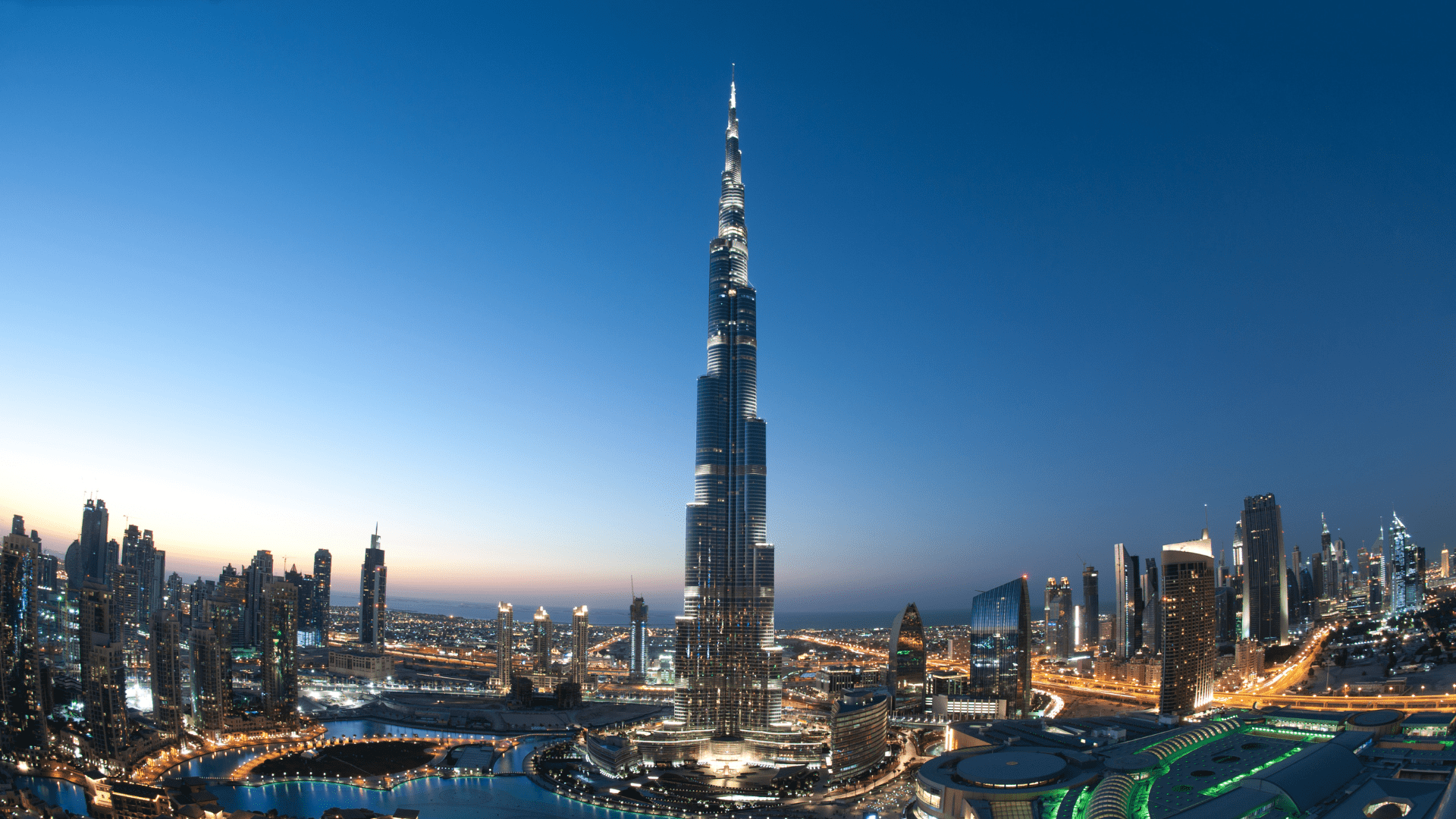Analyzing the Capabilities of Long-Range Thermal Cameras in Security and Surveillance
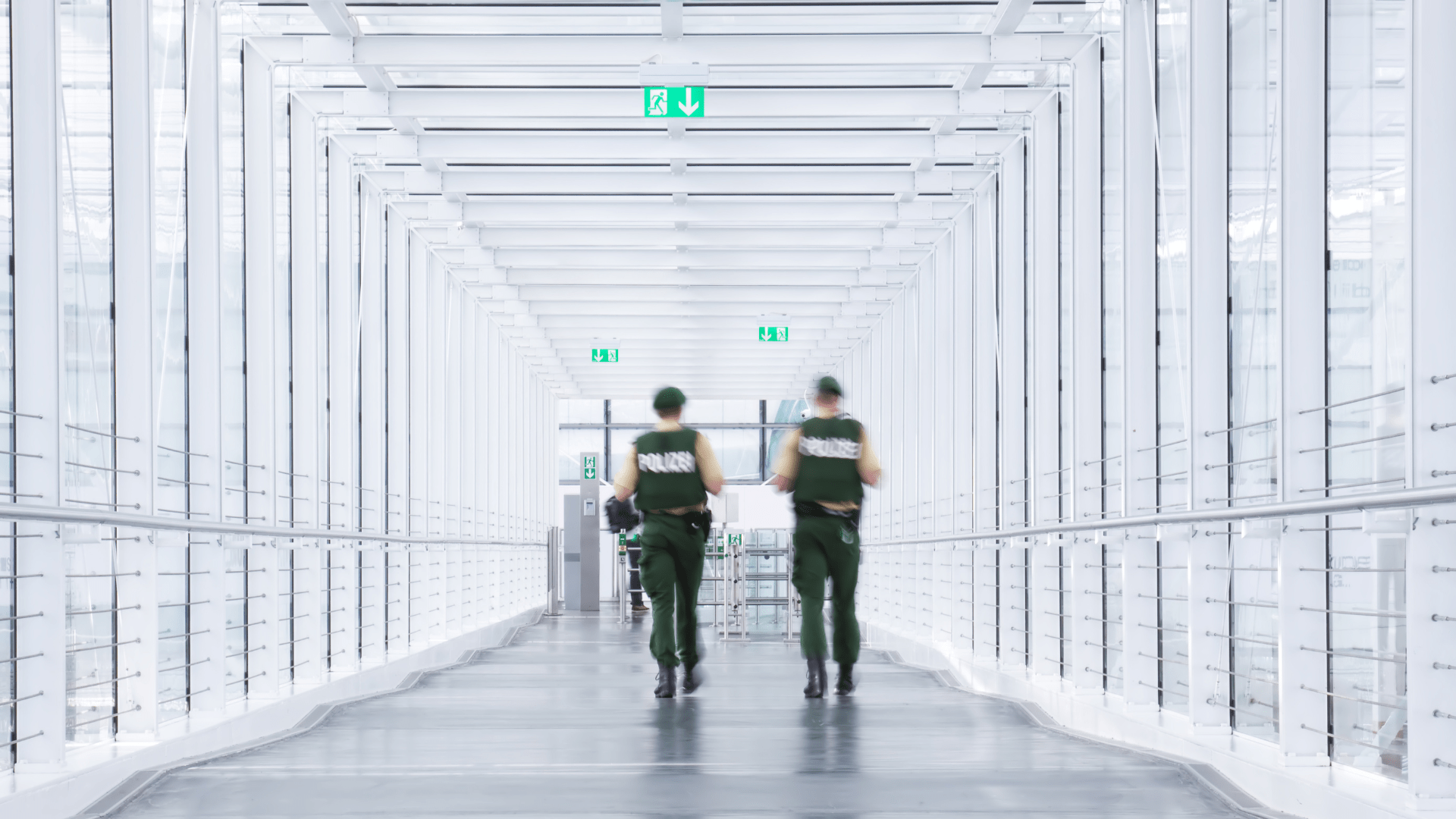
In the realm of security and surveillance, thermal cameras have become a critical asset. This article provides an analytical perspective on the features and capabilities of long-range thermal cameras, focusing on their scientific aspects and practical applications.
Introduction to Thermal Imaging
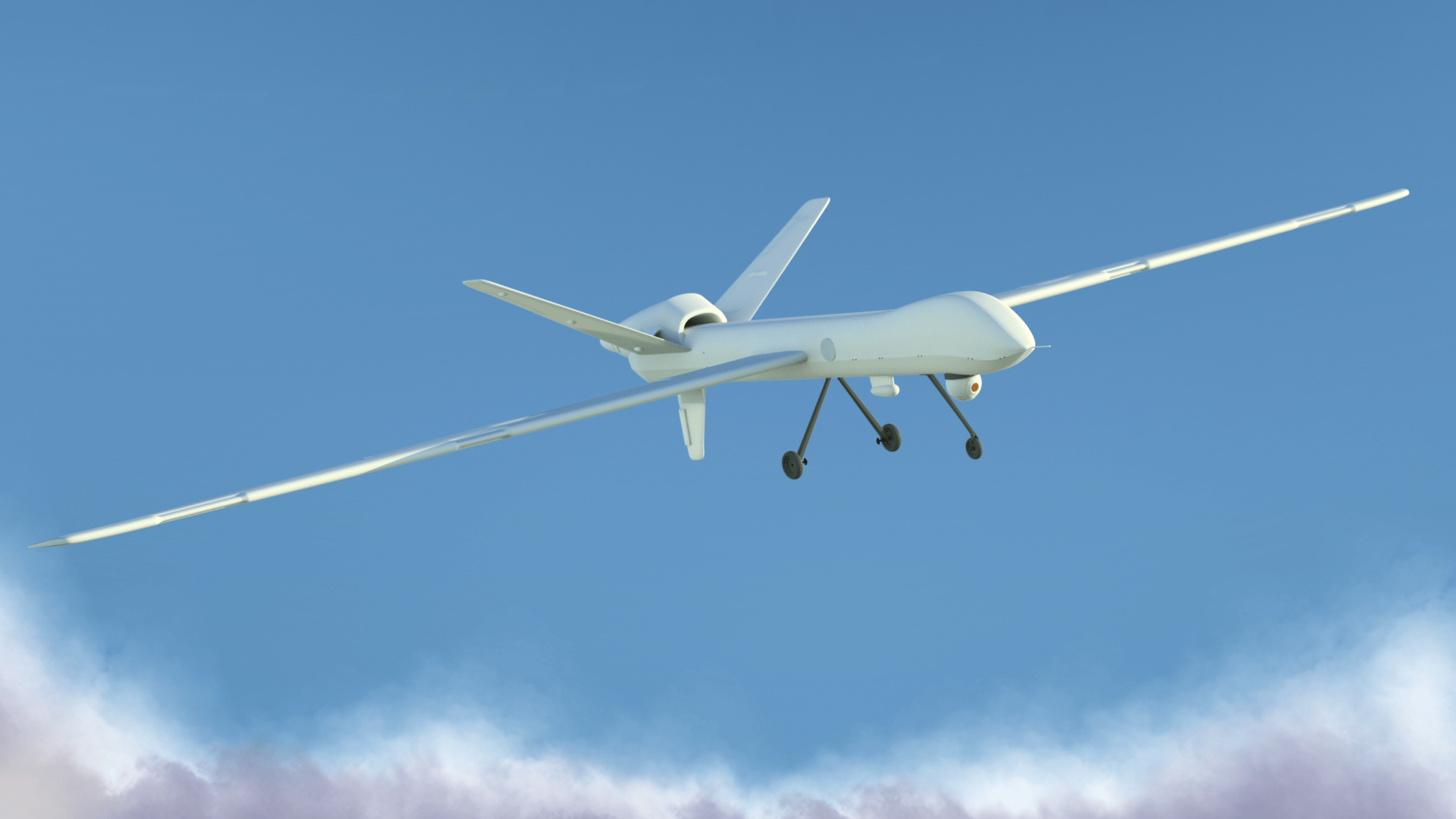
Thermal cameras operate on the principle of detecting infrared radiation emitted by objects. They are distinct from traditional cameras that rely on visible light. By capturing variations in infrared emissions, thermal cameras can construct images even in environments with minimal or no visible light.
Sensor Types: Cooled MWIR and Uncooled LWIR
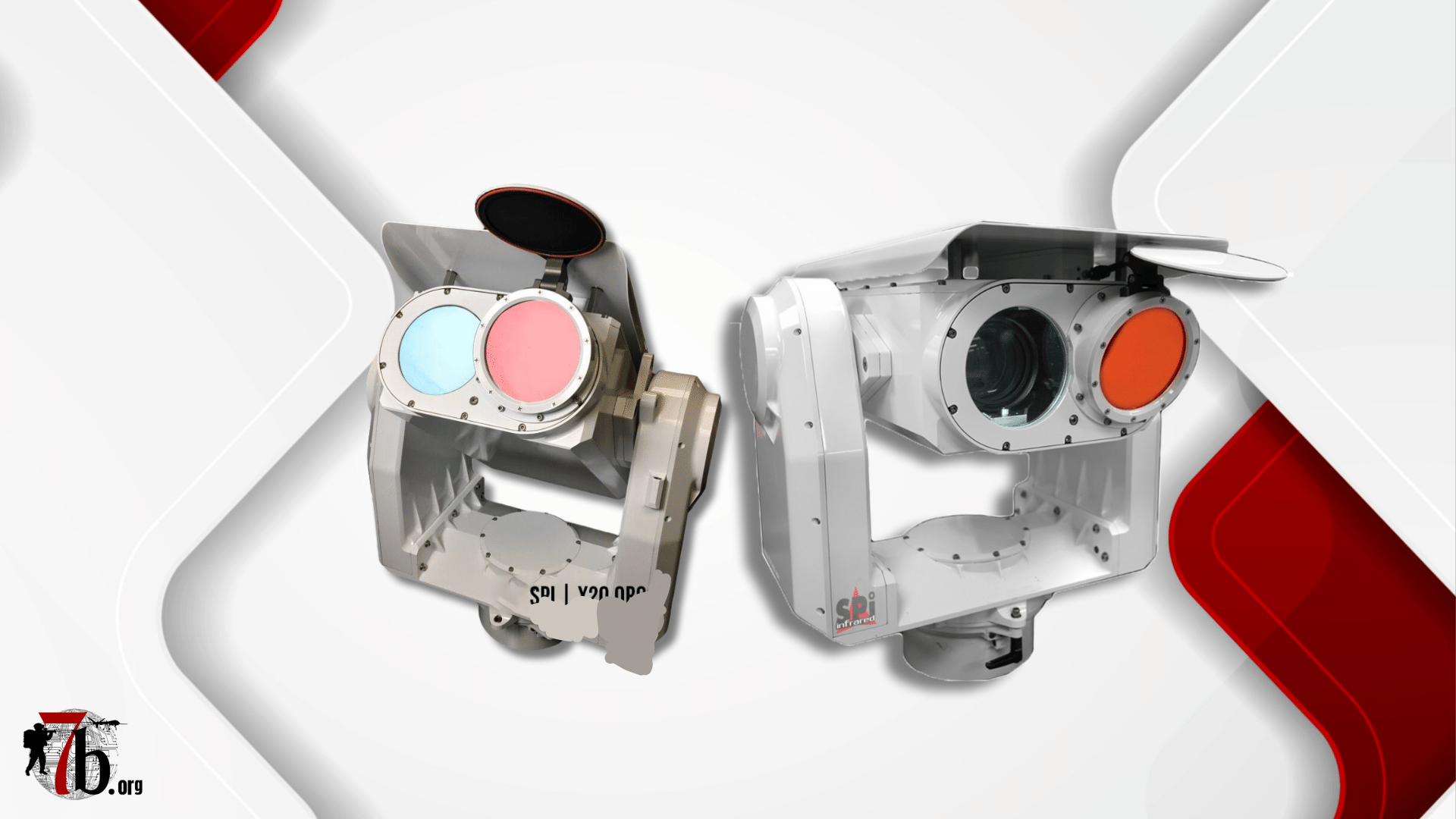
Long-range thermal cameras typically employ either Cooled Medium Wave Infrared (MWIR) sensors or Uncooled Long Wave Infrared (LWIR) sensors. Cooled MWIR sensors often provide higher image clarity and are more efficient for long-distance imaging. In contrast, Uncooled LWIR sensors are more cost-effective and have lower maintenance requirements.
Gimbals and Positioners
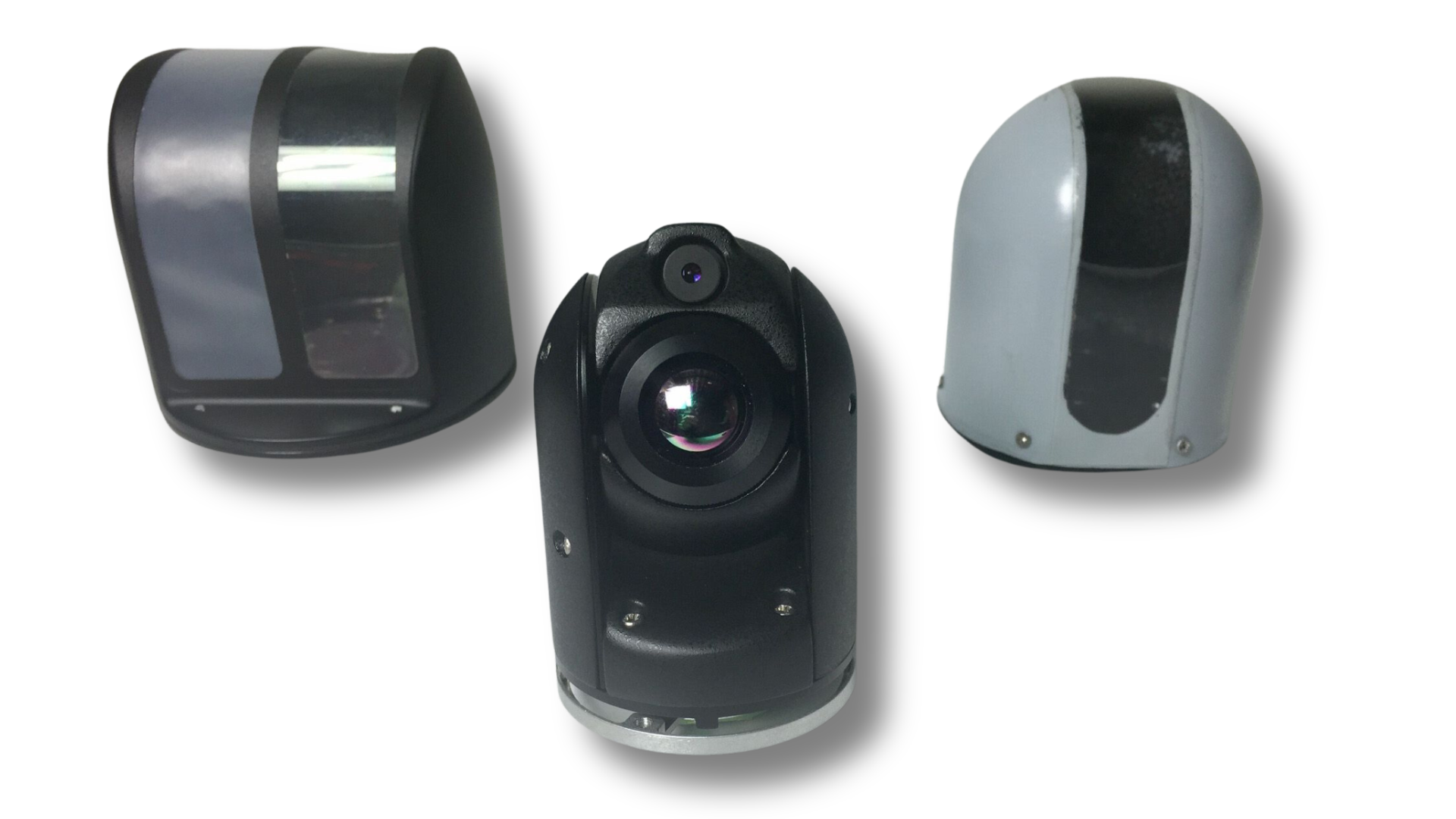
Multi-axis gimbals play a critical role in the maneuverability of long-range thermal cameras. These devices allow for continuous 360-degree rotation, enabling comprehensive area coverage. The ability to control and position the cameras with precision is essential for monitoring large areas.
Gyro-Stabilization for Image Stability
Gyro-stabilization is a vital feature that compensates for camera movements, ensuring that the imagery remains stable. This is especially crucial when the camera is zoomed in on distant objects, where even slight movements can cause significant image disruptions.
Telephoto Lenses and Optical Zoom
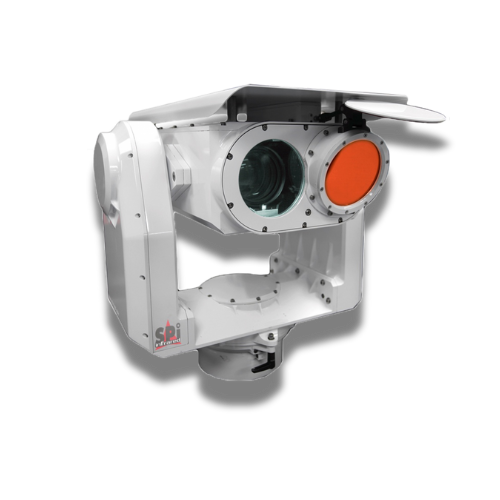
Long-range thermal cameras are often equipped with specialized zoom telephoto lenses. These lenses are capable of focusing on distant objects, providing detailed imagery that is crucial for identification and analysis.
So how far can thermal imaging cameras see?
Long-range thermal imaging cameras, such as those produced by us here at SPI Corp, boast remarkable detection capabilities. With the ability to detect threats from distances up to 50 kilometers (about 31 miles), these cameras stand as invaluable tools for extensive surveillance operations.
To help visualize the extent of this range, let’s make some comparisons with well-known places around the world:
New York City, USA

Imagine standing at the tip of Manhattan in New York City. With a 50-kilometer detection range, a thermal camera could potentially cover the entire length of Manhattan, extend across The Bronx, and even reach as far as Yonkers or New Rochelle.
Dubai, UAE
From the base of the Burj Khalifa in Dubai, a 50-kilometer range would encompass nearly the entire city of Dubai, extending out into the surrounding desert and reaching neighboring cities like Sharjah.
From Central London to Maidstone, England
Imagine standing atop The Shard, the iconic skyscraper in Central London, England. With a 50-kilometer detection range, a thermal camera could potentially monitor an area reaching all the way to The Archbishop’s Palace in Maidstone, Kent. This means that you could be in London and effectively observe activities happening in Maidstone with the aid of a long-range thermal camera.
Famous Structures
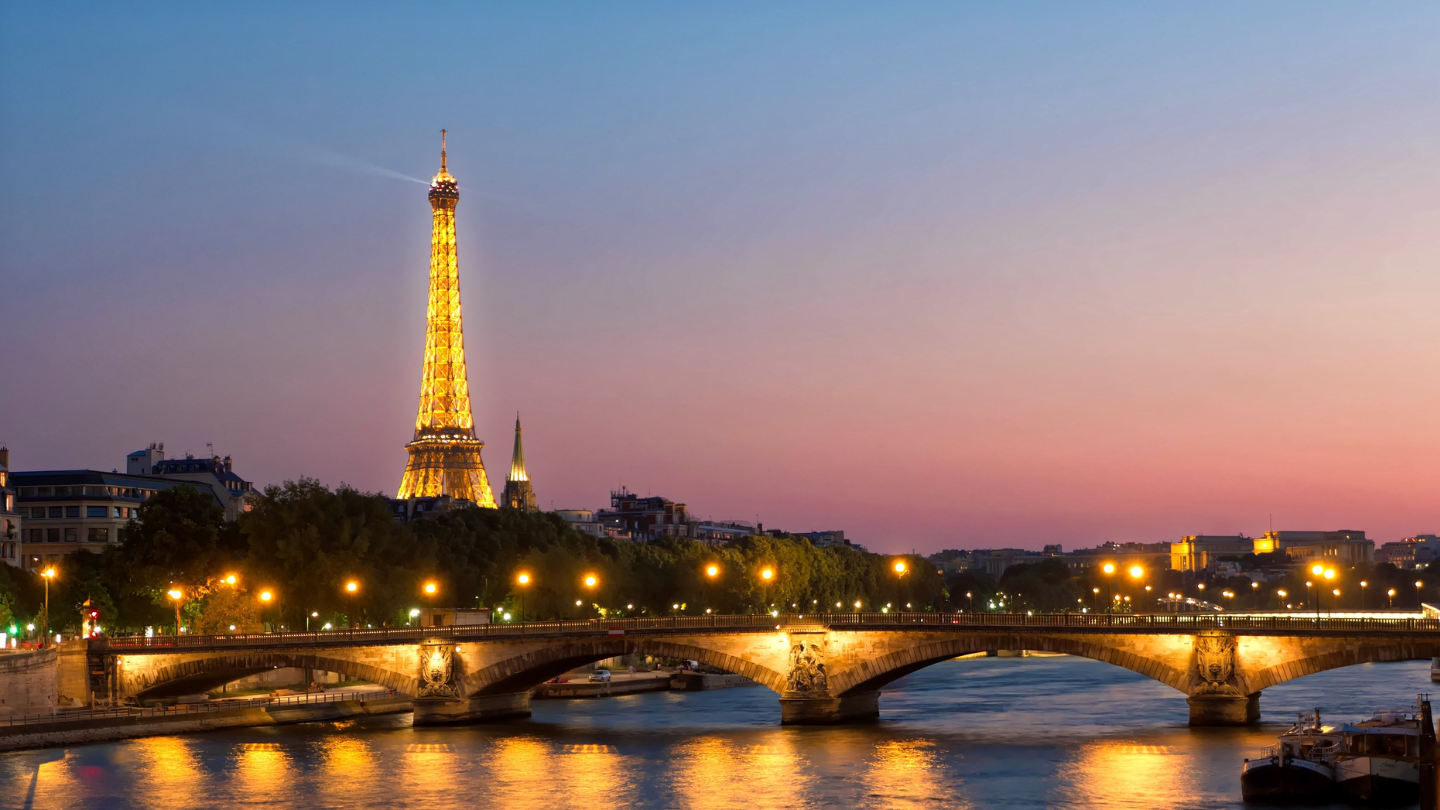
If we were to line up the Eiffel Tower, which stands at 330 meters (1,083 feet) tall, end to end, we could fit approximately 152 Eiffel Towers within a 50-kilometer range.
Or, if we take the Great Wall of China, which is known to be over 21,000 kilometers long, the 50-kilometer range would cover approximately 0.24% of its total length.
Driving Distances
Driving in a straight line at a constant speed of 60 miles per hour (about 97 kilometers per hour), it would take you just over 30 minutes to cover a distance of 50 kilometers.
As an example, if you were to drive from the Los Angeles International Airport towards the east, a 50-kilometer range would get you almost to the city of Diamond Bar, California.
This remarkable range highlights the ability of long-range thermal cameras to effectively monitor extensive areas, making them an essential asset in scenarios such as border security, maritime surveillance, and the protection of critical infrastructure. The capability to detect thermal signatures over such vast distances provides security personnel with a significant advantage in early threat detection and situational awareness.
Integration with Multiple Sensors
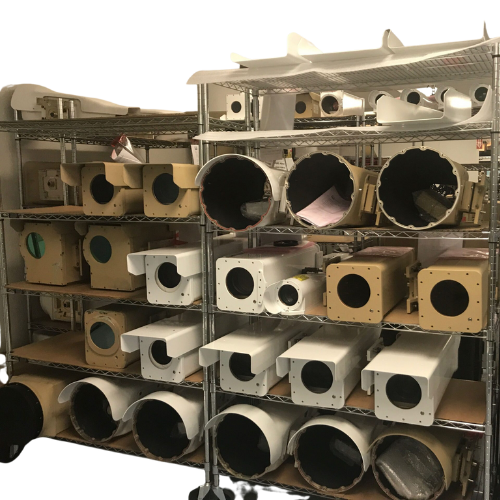
Long-range thermal cameras can be integrated with various sensors to enhance their capabilities. These may include laser range finders, infrared laser pointers, SWIR cameras, 3D radar, GPS, compass, microphones, spotlights, loudspeakers, and high-speed cameras.
Durability and Environmental Tolerance
Designed for reliability, long-range thermal cameras are often built to withstand harsh environmental conditions. They are typically ruggedized and comply with military standards, ensuring their functionality in adverse scenarios.
Applications in Security and Surveillance
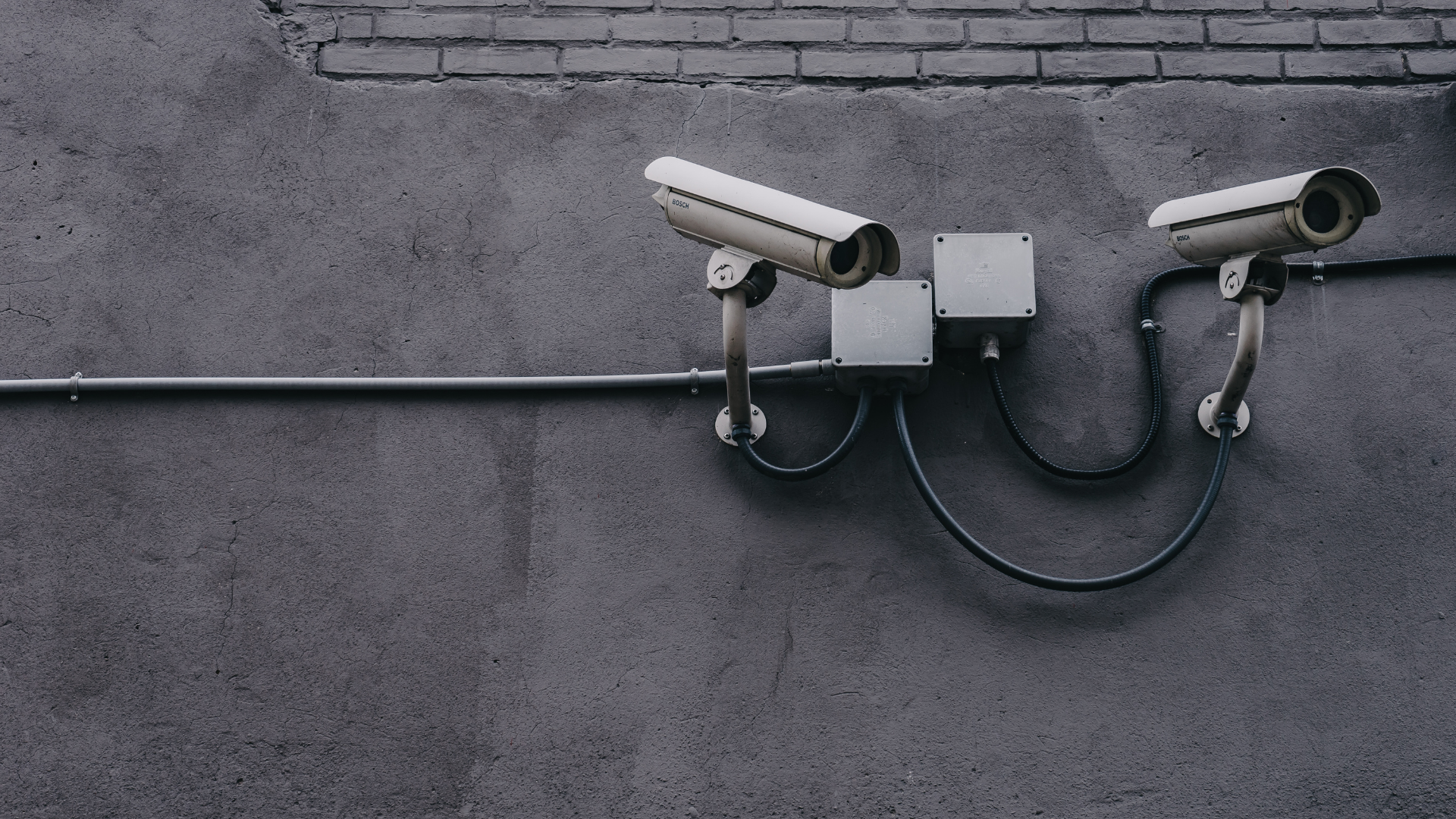
Long-range thermal cameras are used in a variety of applications including border security, coastal monitoring, airport security, and critical infrastructure protection. Their ability to operate in low-light conditions makes them particularly valuable for night-time surveillance.
Mounting Options
Flexibility in mounting options allows for the deployment of long-range thermal cameras in numerous configurations. These include mounting on vehicles, marine vessels, telescoping masts, tripods, and fixed installations.
Image Resolution Considerations
Long-range thermal cameras come in various resolutions, typically ranging from standard definition to high definition. Higher resolution cameras provide more detailed images, which are essential for accurate identification and analysis over long distances.
Conclusion
Long-range thermal cameras are highly effective tools in security and surveillance applications. Their ability to detect infrared radiation makes them versatile in a variety of environments, especially where lighting conditions are suboptimal. With the integration of multiple sensors and advanced features such as gyro-stabilization and telephoto lenses, these cameras are equipped to meet the demands of large-scale, high-security operations. Understanding the scientific aspects and capabilities of these cameras is essential for making informed decisions in the field of security and surveillance.
